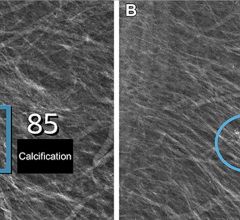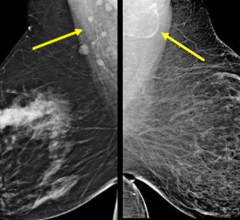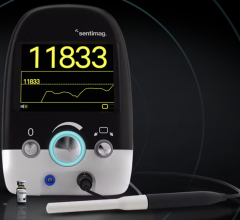
June 20, 2012 — The American Medical Association (AMA) voted during its annual policy-making meeting to adopt several new policies, including new mammography screening recommendations.
Mammography is the most reliable breast cancer screening tool for the general population, but it also has limitations. As a result, several organizations have recommended various mammography-screening guidelines. The new AMA policy states that starting at age 40, all women should be eligible for mammography screening. The policy also supports insurance coverage for the screening.
Other new policies:
Easing the Burdens for Physicians to Treat Across State Lines
For a physician to practice medicine as a volunteer in a neighboring state, the physician must be licensed to practice in that state. The AMA passed policy to support the development of state programs that allow out-of-state physicians to provide their professional services across state lines at free clinics and in underserved communities.
"We become physicians so that we can help patients lead healthier lives, but licensing barriers can prevent physicians from helping patients in neighboring states," said AMA board member Stephen Permut, M.D. "Creating programs for out-of-state physicians to practice medicine in free clinics in other states will help improve access to health care, particularly in underserved communities."
AMA to Evaluate ICD-11 as a New Diagnostic Coding System
Delegates at the AMA's Annual Meeting adopted policy to evaluate ICD-11 as a possible alternative to replace ICD-9. The AMA will conduct more research on this issue and will report back to the House of Delegates in 2013.
"ICD-10 coding will create unnecessary and significant financial and administrative burdens for physicians," said AMA President-elect Ardis Dee Hoven, M.D. "It is critical to evaluate alternatives to ICD-9 that will make for a less cumbersome transition for physicians and allow physicians to focus on their primary priority — patient care. AMA voted today to consider ICD-11 as a possible alternative. The policy also asks the AMA and other stakeholders, such as the Centers for Medicare and Medicaid Services, to examine other options."
Preserving the Opportunity to Moonlight
The average medical student who graduated in 2010 had $157,944 in medical school debt and 17 percent of medical student graduates had debt surpassing $200,000. The AMA passed policy today that recommends it work with the Accreditation Council for Graduate Medical Education, American Osteopathic Association and graduate medical education programs to allow resident and fellow physicians who are in good standing with their programs the opportunity for external and internal moonlighting.
"The amount of medical school loan debt continues to grow, and medical residents are looking for opportunities to reduce this debt burden," said board member Jordan VanLare. "It is important that we provide medical residents and fellows who are in good standing the chance to gain valuable extra experience, and also earn the additional income they need to cover expenses related to these loans and day-to-day living."
For more information: www.ama-assn.org


 July 29, 2024
July 29, 2024 








